Get ready to fall in love with the newest addition to the Nashville Zoo family – a tiny, wide-eyed Southern Tamandua pup! Born on February 12th, this little bundle of joy is capturing hearts and bringing smiles to everyone who sees him. Join us as we take a closer look at this fascinating creature and its incredible journey.
A Tiny Miracle: Southern Tamandua Pup Born at Nashville Zoo
In the early hours of February 12th, the Nashville Zoo welcomed a tiny new resident – a Southern Tamandua pup. Weighing just a few ounces, this little one emerged into the world under the watchful eye of its mother, Alma. Zoo staff were thrilled to witness the birth and have been closely monitoring the pup’s progress ever since.
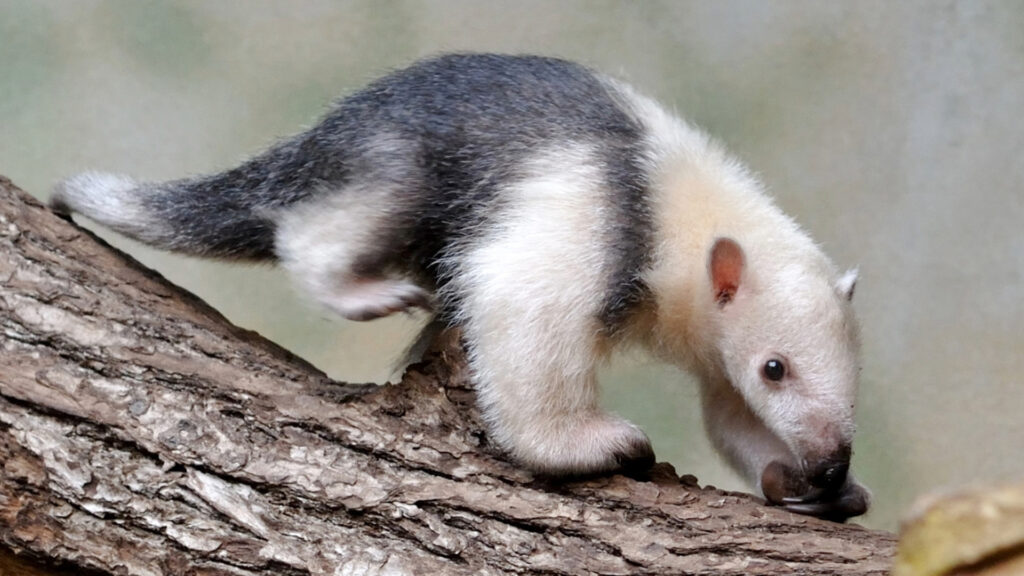
Southern tamanduas, also known as lesser anteaters, are native to the rainforests and savannas of South America. These fascinating creatures are known for their long, sticky tongues, which they use to lap up ants and termites from their nests. With its small size and adorable features, the newborn pup has quickly become a favorite among zoo staff and visitors alike.
Snuggled Up Safe: Pup Finds Comfort on Mom’s Back
For now, the southern tamandua pup spends most of its time snuggled up on its mother’s back, where it feels safe and secure. Alma has proven to be an attentive and protective mother, carefully tending to her little one’s needs. Zoo staff have been giving the pair plenty of space and privacy to bond and grow together.
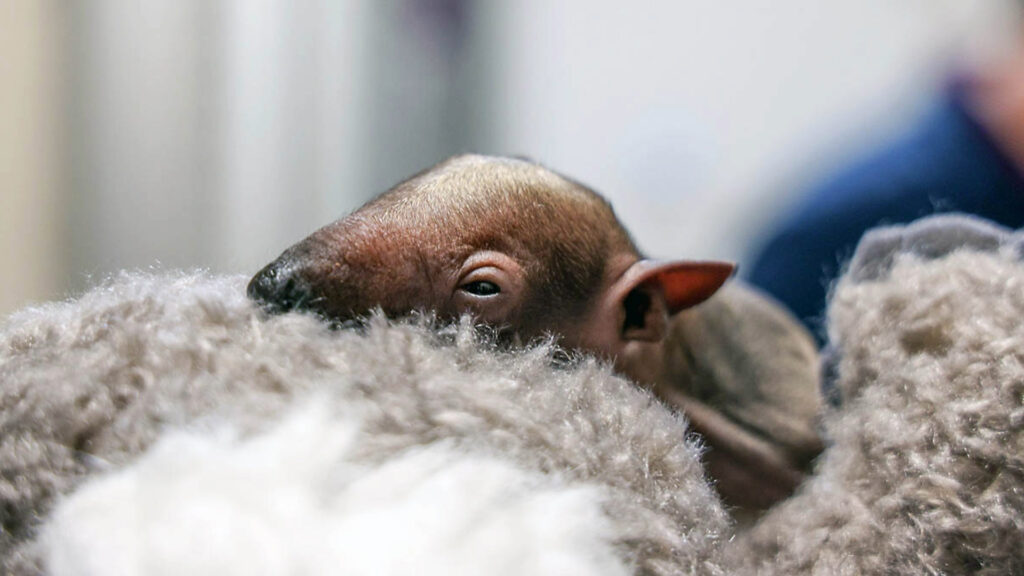
As the pup grows stronger and more curious, it will begin to explore its surroundings more independently. For now, though, it is content to hitch a ride on its mother’s back, peeking out at the world with its bright, inquisitive eyes. Alma’s care and dedication are crucial to the pup’s healthy development, and zoo staff are optimistic about its future.
Behind the Scenes: Pup’s Early Days at the Zoo
While the southern tamandua pup is not yet on public display, the zoo’s animal care team is working diligently behind the scenes to ensure its health and well-being. They are monitoring the pup’s growth, administering necessary vaccinations, and providing Alma with everything she needs to care for her little one. These early days are critical for the pup’s development.

The animal care team is also busy preparing for the pup’s future role as an animal ambassador. Once it is old enough, the pup will participate in educational programs, helping to teach the public about southern tamanduas and the importance of conservation. By connecting people with this adorable creature, the zoo hopes to inspire a love for wildlife and a desire to protect it.
Toothless Wonders: The Fascinating World of Tamanduas
Despite their name, southern tamanduas are not anteaters – they are more closely related to sloths and armadillos. These unique creatures have several fascinating adaptations that allow them to thrive in their native habitats. For example, they have long, curved claws that they use to tear open ant and termite nests, and long, sticky tongues that they use to lap up the insects inside.
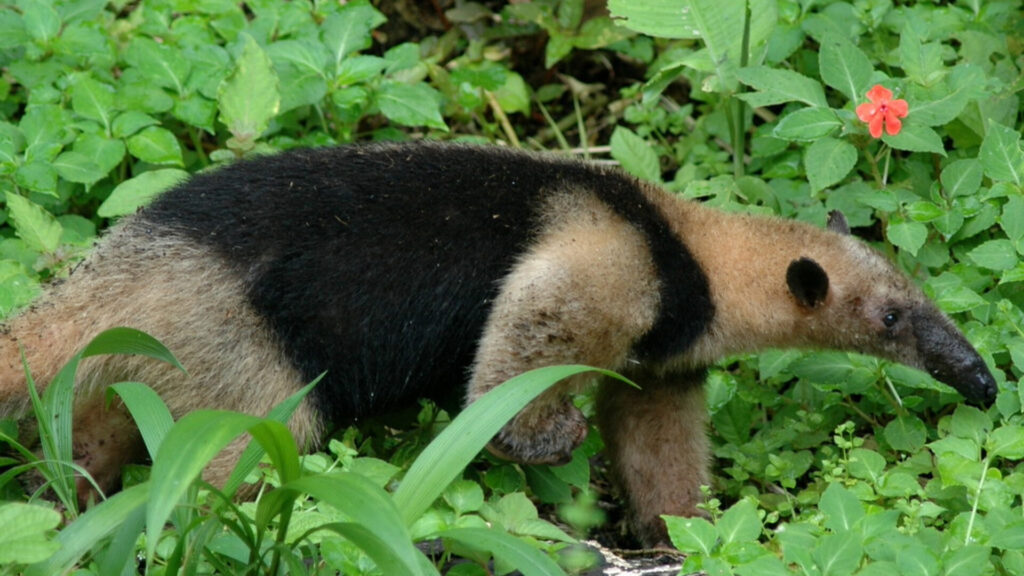
Another interesting fact about southern tamanduas is that they don’t have any teeth! Instead, they have a long, tubular snout that houses their incredibly long tongue. This tongue can extend up to 16 inches – longer than their entire head – and is coated in sticky saliva that helps them to capture their insect prey. It’s an incredible adaptation that allows them to access food sources that other animals can’t reach.
Masters of Defense: How Tamanduas Protect Themselves
Life in the wild can be dangerous, and southern tamanduas have a few tricks up their sleeves when it comes to self-defense. When threatened, they can rear up on their hind legs and use their powerful forearms to strike at their attacker. They also have thick, tough skin that provides some protection against bites and scratches.

But perhaps the most unusual defense mechanism of the southern tamandua is its ability to emit a strong, unpleasant odor from its anal glands. This odor is so potent that it can deter even the most determined predators, and has earned the tamandua a reputation as a stinky but effective fighter. It’s just one more way that these amazing creatures have adapted to survive in their challenging environment.
Nocturnal Nomads: The Secret Lives of Tamanduas
In the wild, southern tamanduas lead mostly solitary lives, coming together only to mate. They are primarily nocturnal, spending their days sleeping in hollow trees or underground burrows and emerging at night to search for food. With their keen sense of smell and long, sticky tongues, they can locate and extract ants and termites from even the most hidden nests.
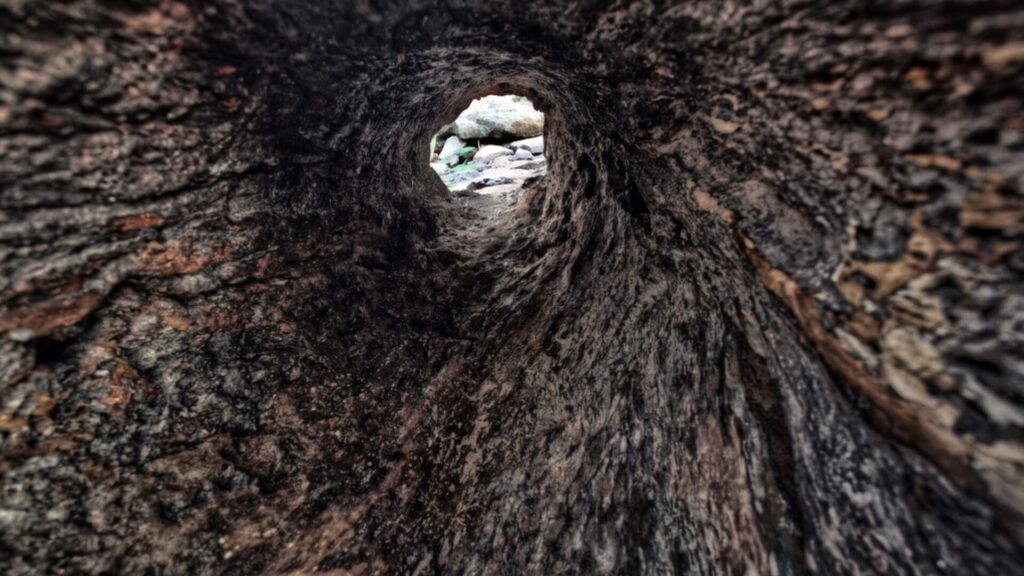
Southern tamanduas are also excellent climbers, using their sharp claws and prehensile tails to navigate through the treetops with ease. They have been known to climb to heights of over 60 feet in search of food, and their long, flexible necks allow them to reach even the most awkward angles. It’s a skill that serves them well in their forest home, where food can be scarce and competition fierce.
Threats and Conservation: Protecting the Southern Tamandua
Like many animals in the wild, southern tamanduas face several threats to their survival. Habitat loss and fragmentation are major concerns, as the forests and savannas where they live are increasingly being cleared for agriculture and development. They are also sometimes hunted for their meat and skin, or captured for the exotic pet trade.
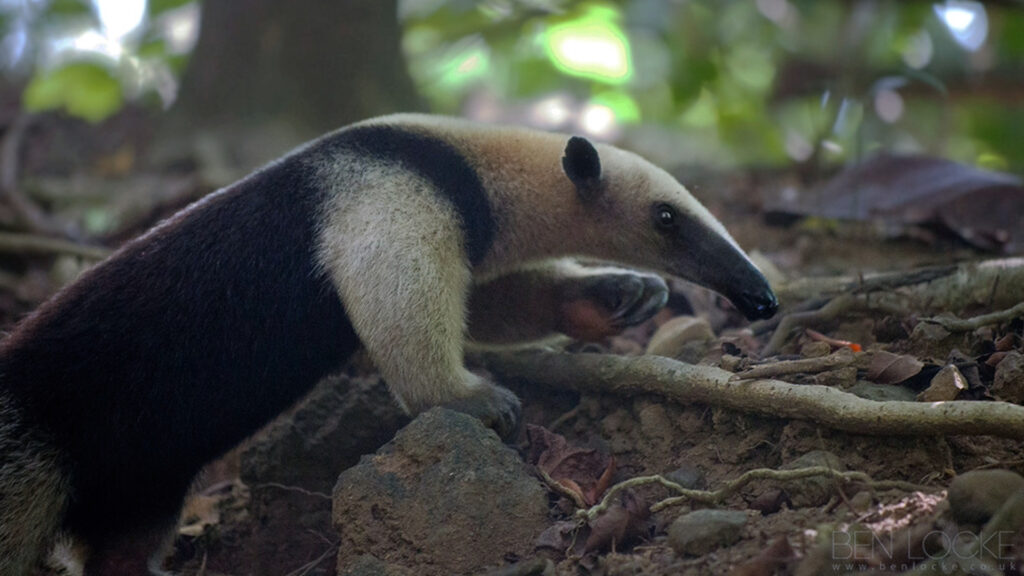
Conservation efforts are underway to protect southern tamanduas and their habitats. Many organizations are working to create protected areas and corridors that allow these animals to move freely and safely through their range. Researchers are also studying tamandua behavior and ecology, to better understand their needs and how to protect them. With the right support and resources, there is hope for the future of these fascinating creatures.
Tamanduas in Zoos: Ambassadors for Their Species
Zoos like the Nashville Zoo play an important role in tamandua conservation by providing a haven for these animals and educating the public about their importance. By studying tamanduas in captivity, researchers can learn more about their behavior, biology, and social structure, which can inform conservation efforts in the wild. Zoos also serve as a genetic reservoir for the species, ensuring that there is a healthy and diverse population for future generations.
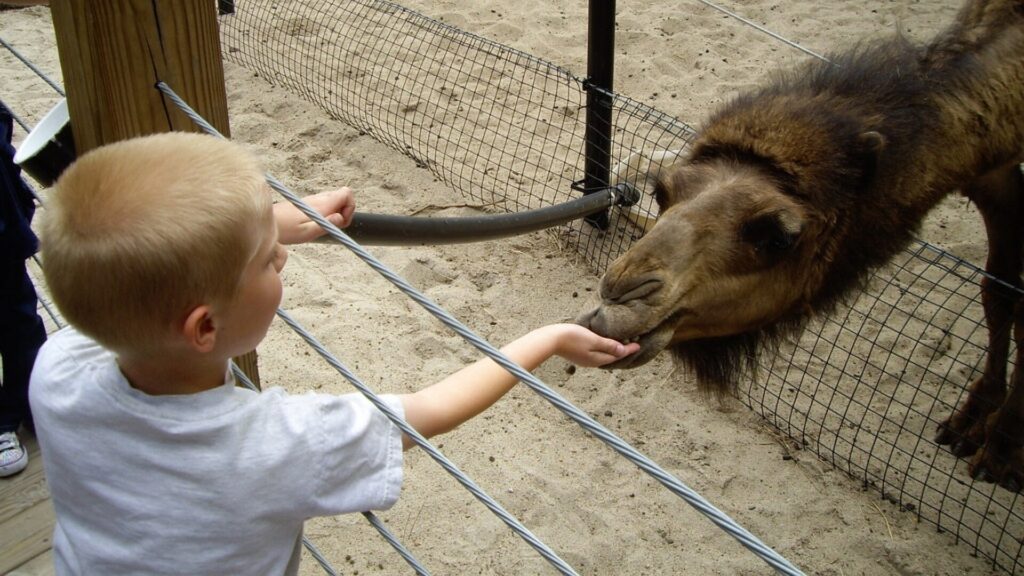
In addition to their research and conservation efforts, zoos also help to raise awareness about the plight of tamanduas and other endangered species. By introducing visitors to these amazing animals and sharing their stories, zoos can inspire people to take action and support conservation efforts in their communities and around the world. It’s a vital part of the work that zoos do, and one that is making a real difference for tamanduas and other threatened species.
The Future of Tamanduas: What Lies Ahead
As the southern tamandua pup at the Nashville Zoo continues to grow and thrive, it is a reminder of the incredible resilience and adaptability of these amazing creatures. Despite the many challenges they face in the wild, tamanduas have managed to survive and even flourish in a variety of habitats and conditions. With the right support and protection, there is hope that they will continue to do so for generations to come.
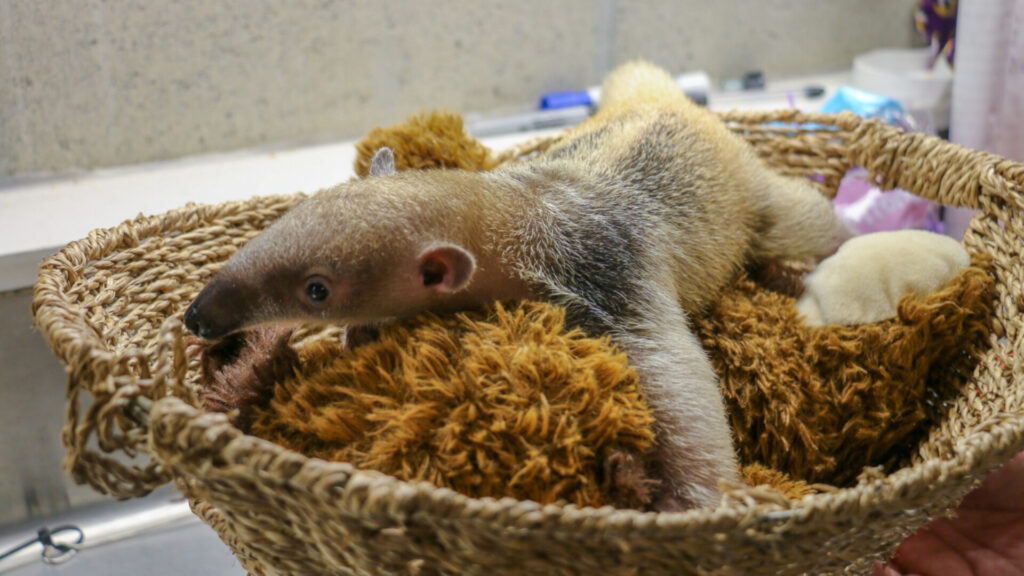
But the future of tamanduas and other endangered species is not certain, and it will take a concerted effort from all of us to ensure their survival. By supporting conservation organizations, making environmentally conscious choices in our daily lives, and spreading the word about the importance of wildlife protection, we can all play a part in creating a brighter future for tamanduas and the countless other species that share our planet.
The Nashville Zoo’s New Arrival Brings Hope for the Future
The birth of the southern tamandua pup at the Nashville Zoo is a heartening reminder of the incredible work that zoos and conservation organizations are doing to protect and preserve endangered species. By providing a safe and nurturing environment for this little one to grow and thrive, the zoo is not only ensuring its individual well-being, but also contributing to the long-term survival of its species.

As this pup grows and learns, it will become an important ambassador for its species, helping to educate and inspire people of all ages to take action on behalf of tamanduas and other threatened animals. Through its story and its presence, it will remind us of the incredible beauty and diversity of the natural world, and the urgent need to protect it for generations to come. With the help of dedicated individuals and organizations like the Nashville Zoo, t






GIPHY App Key not set. Please check settings